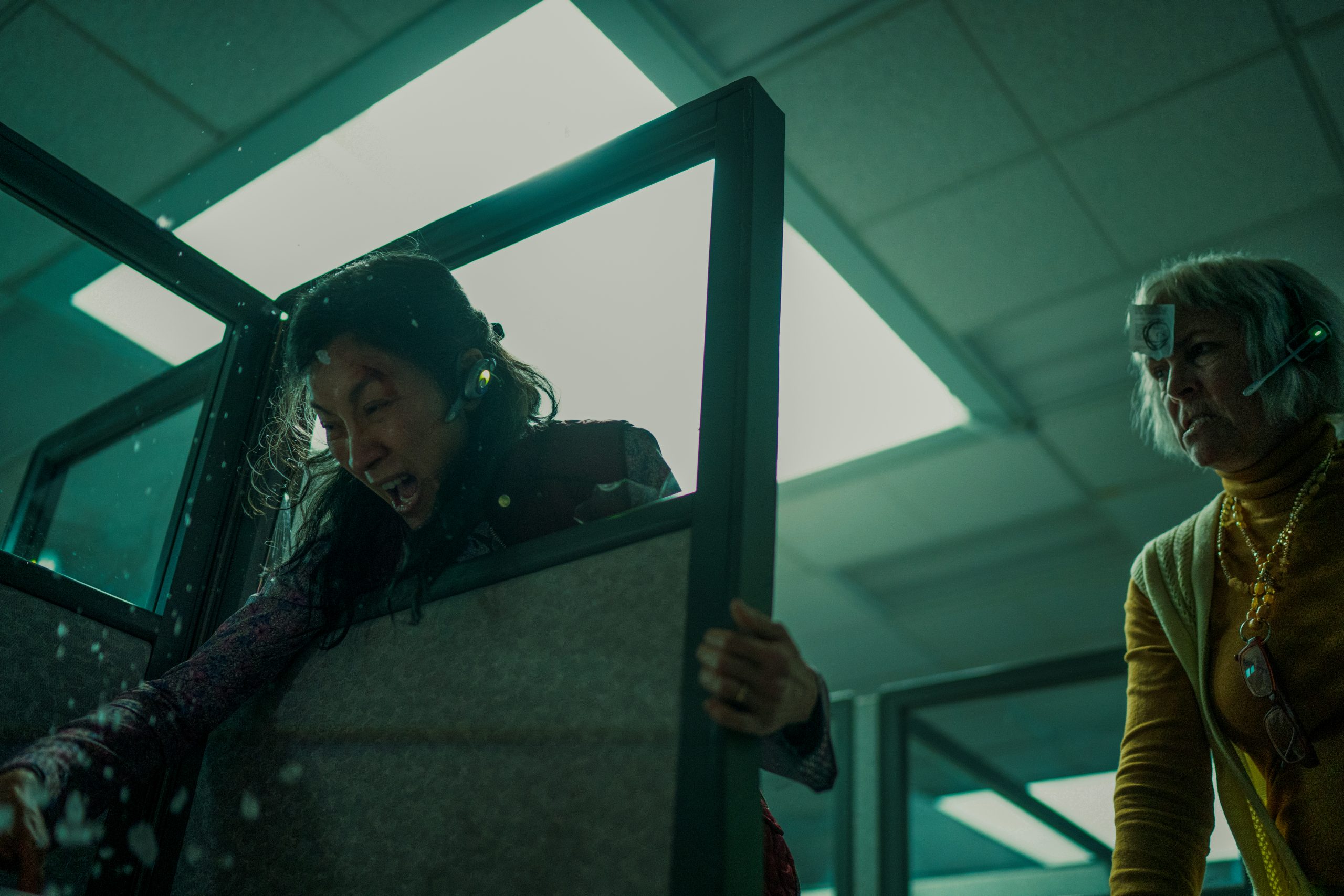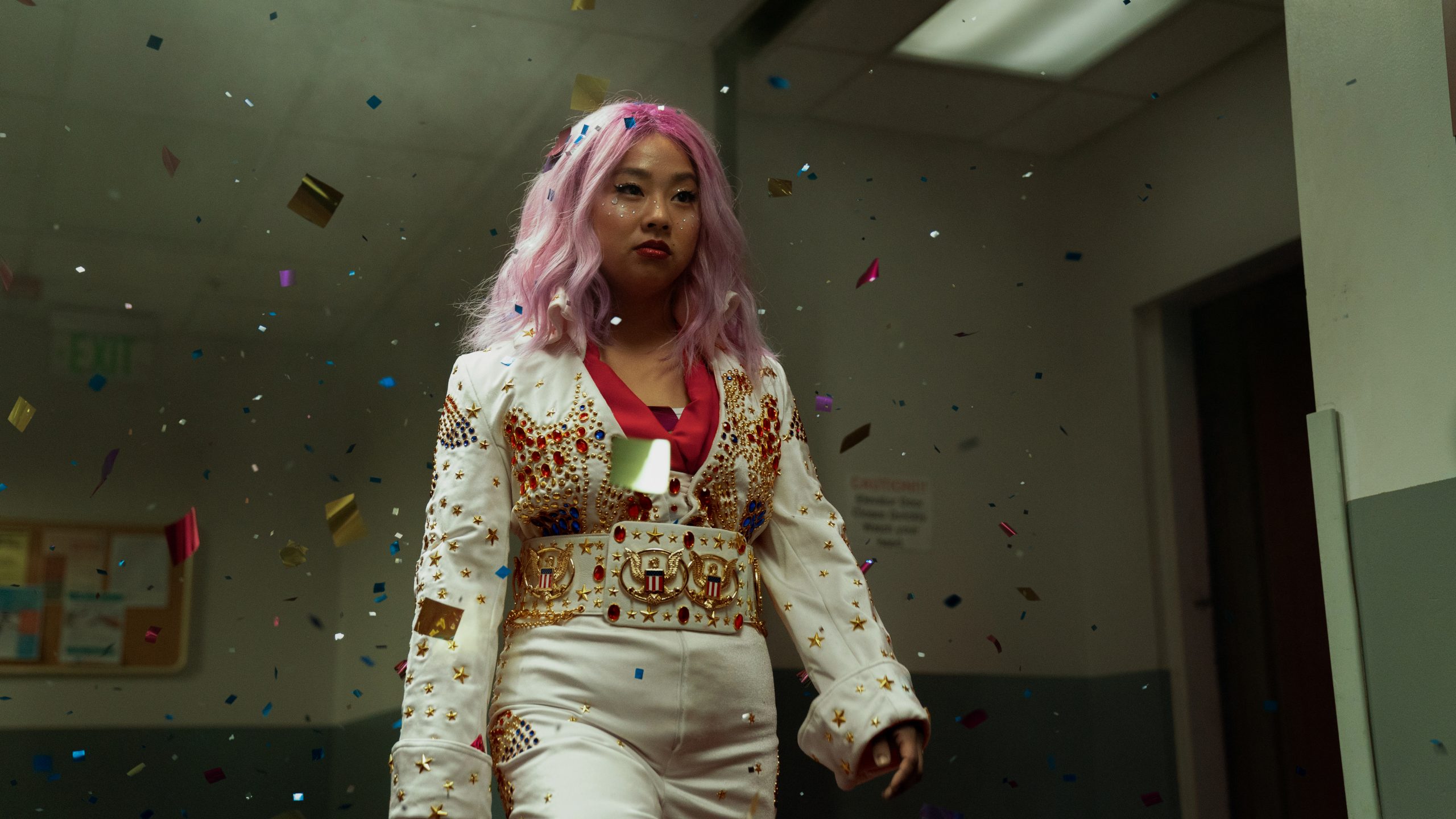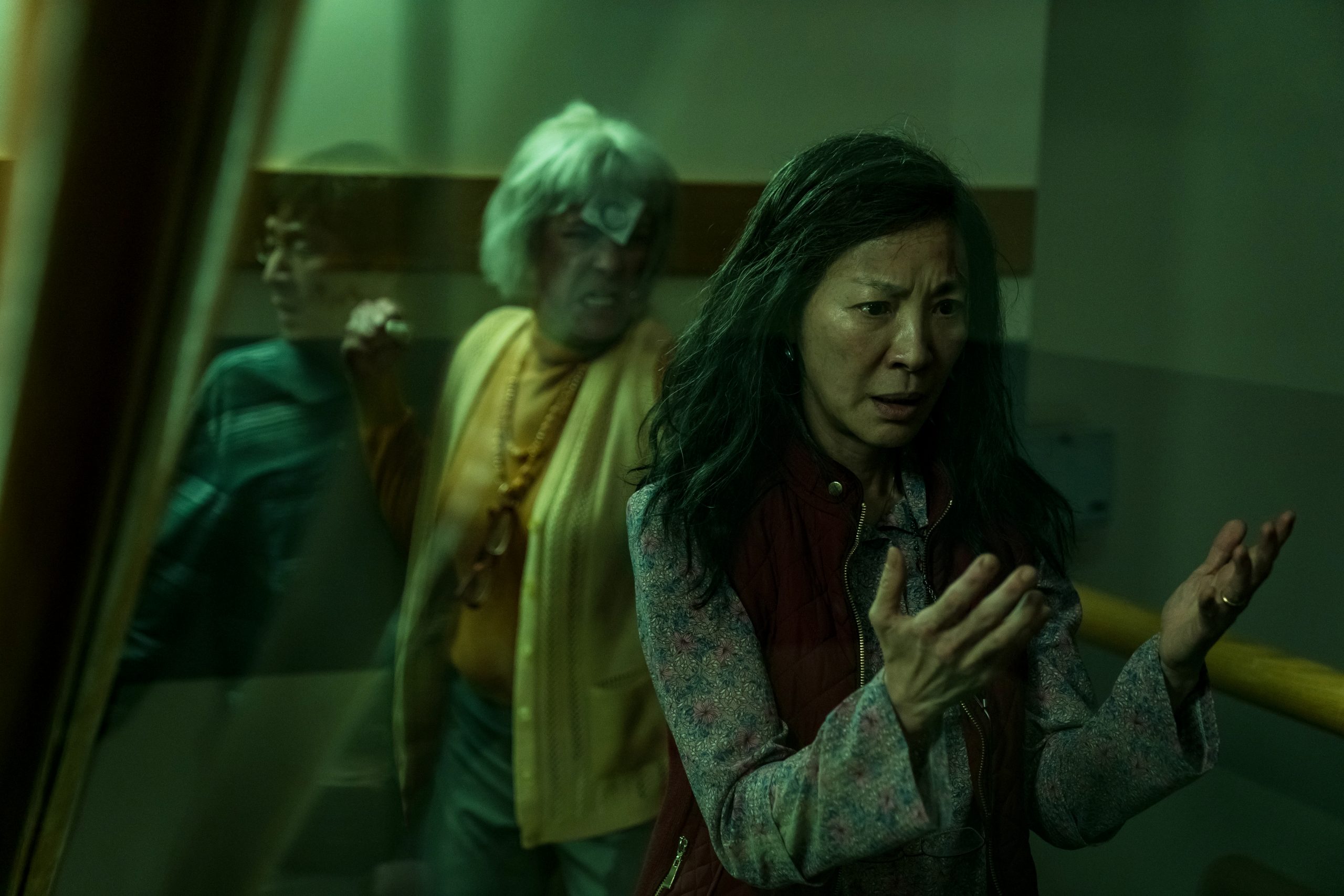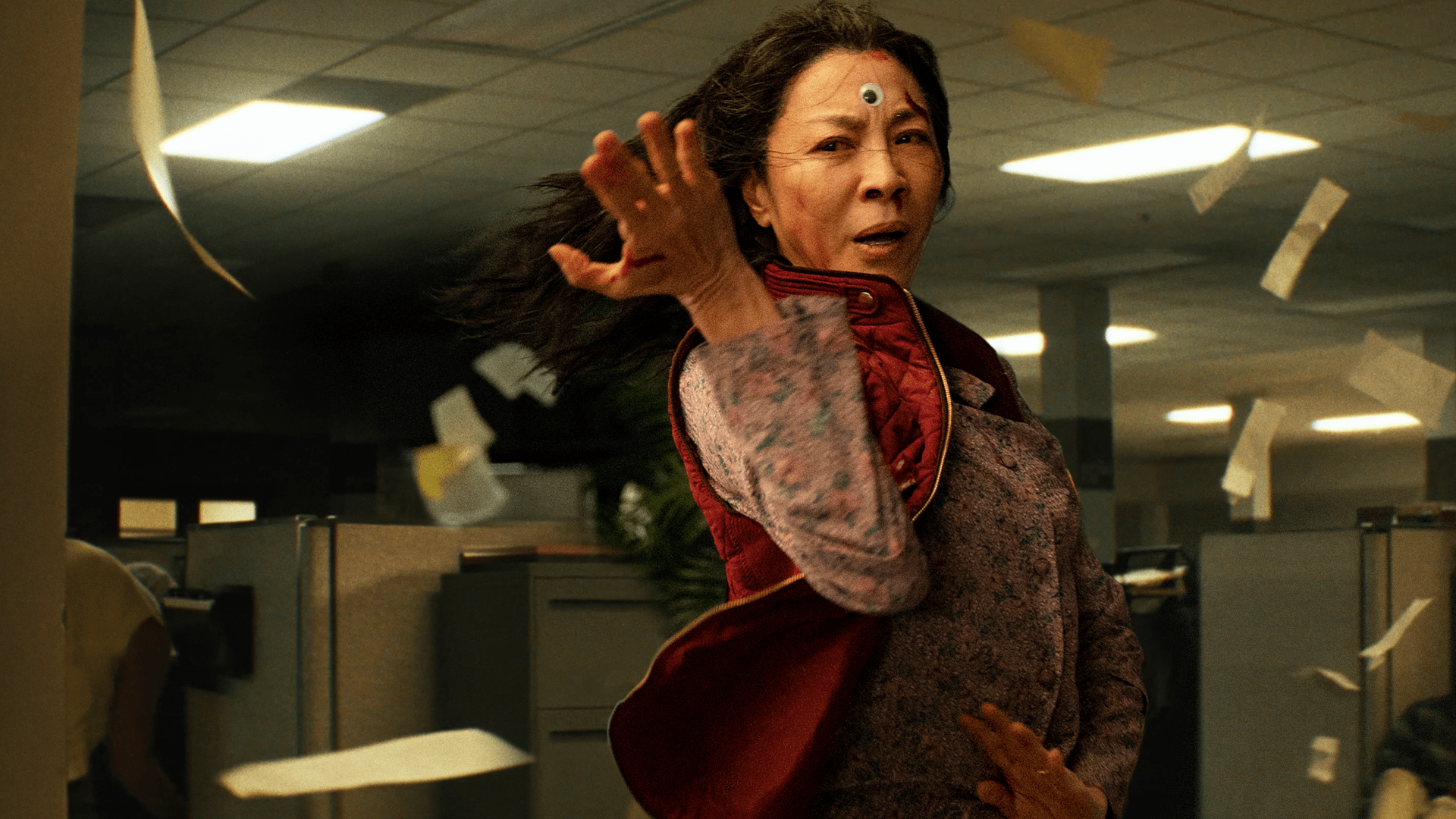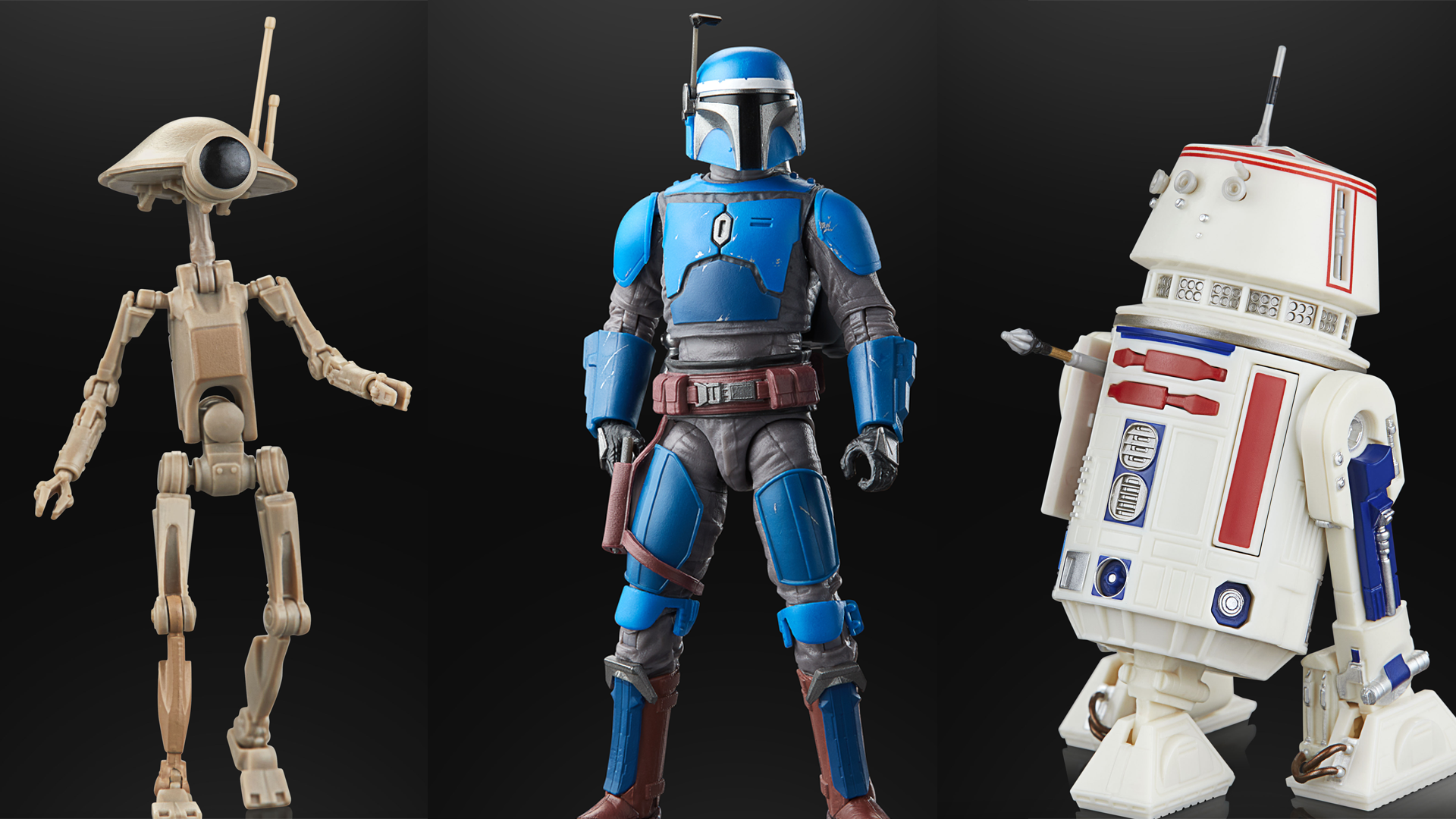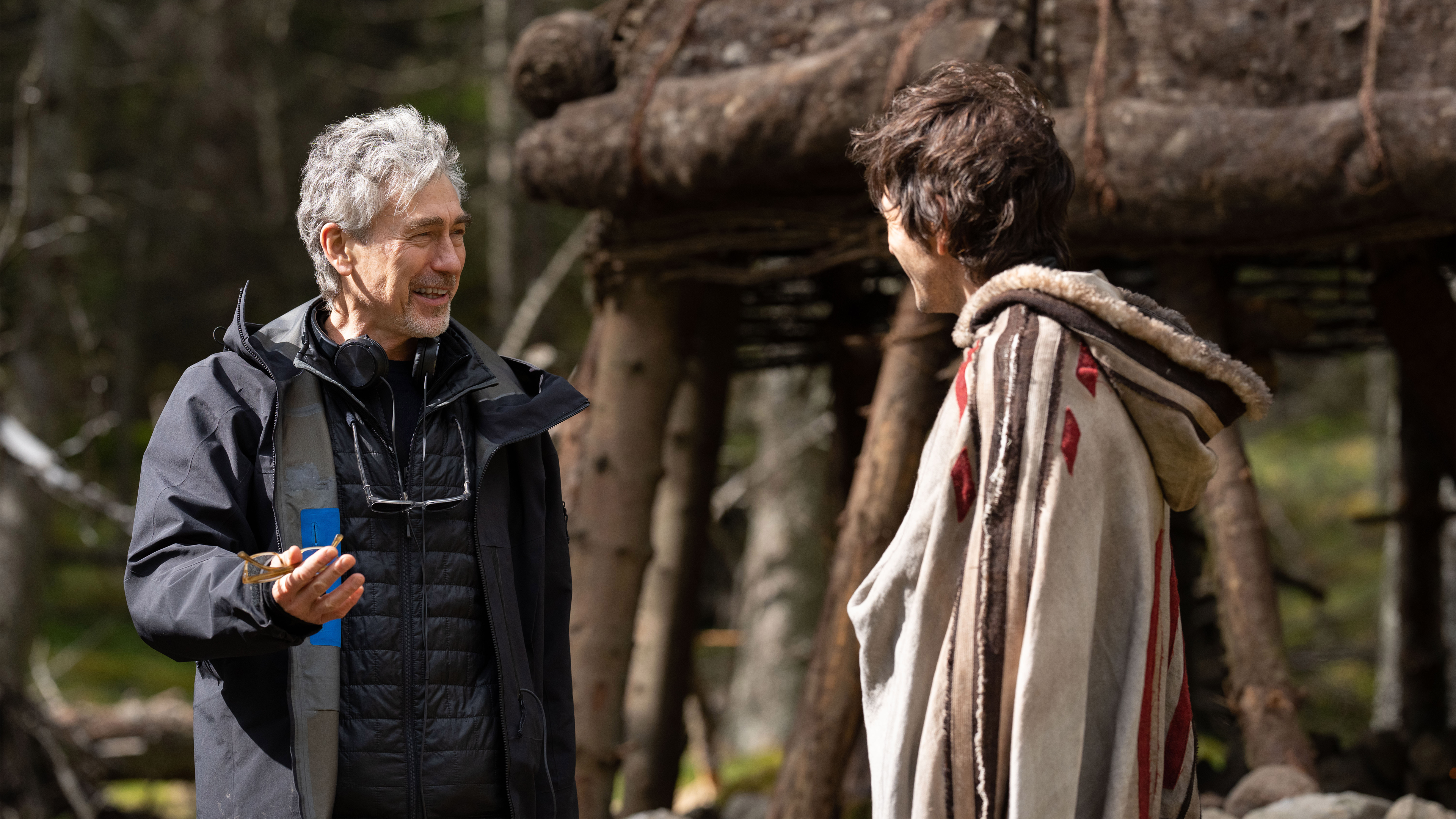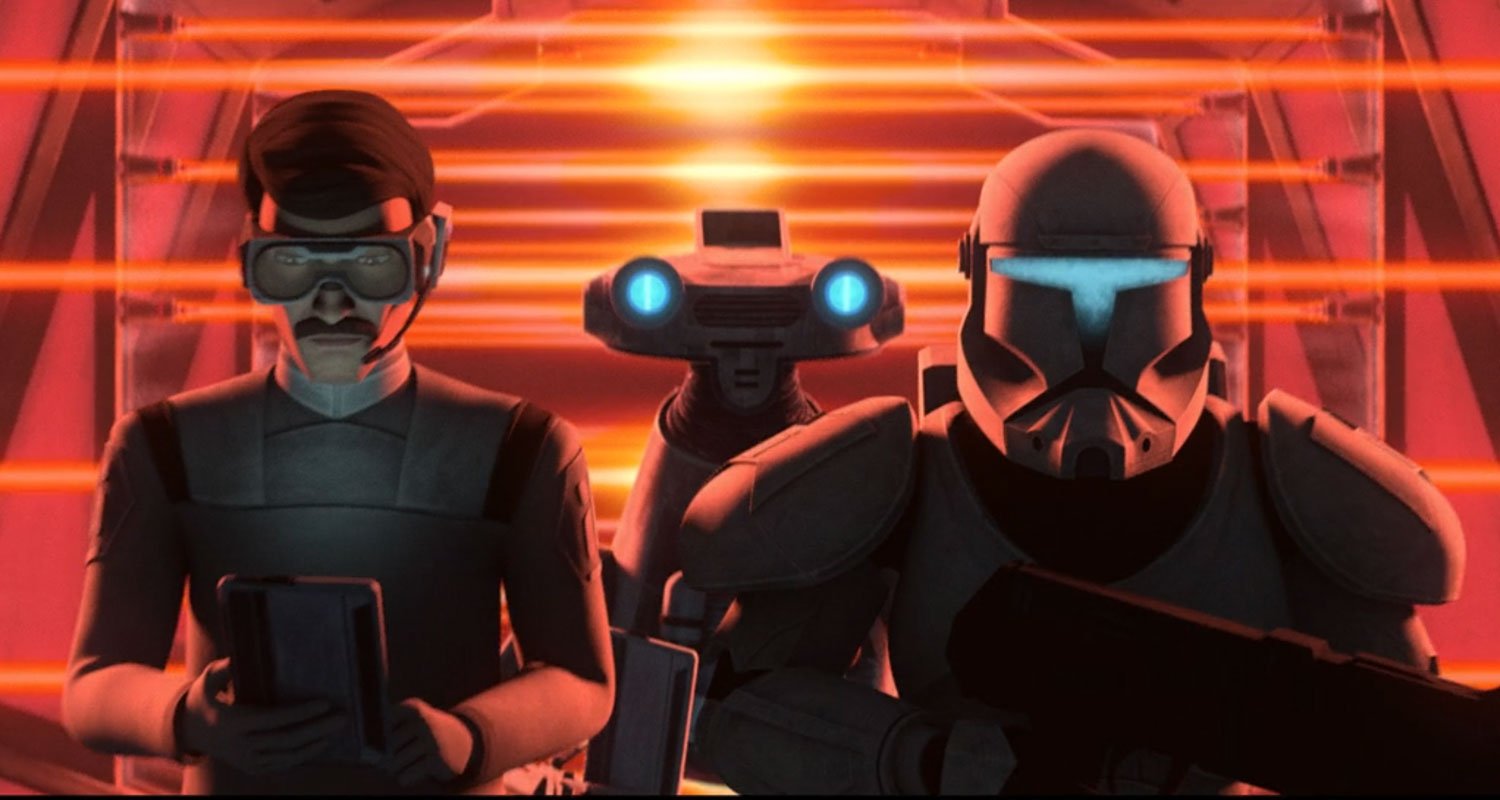‘Everything Everywhere All at Once’ Visual Effects Supervisor on How They Pulled Off 500 VFX Shots With a Team of Five People
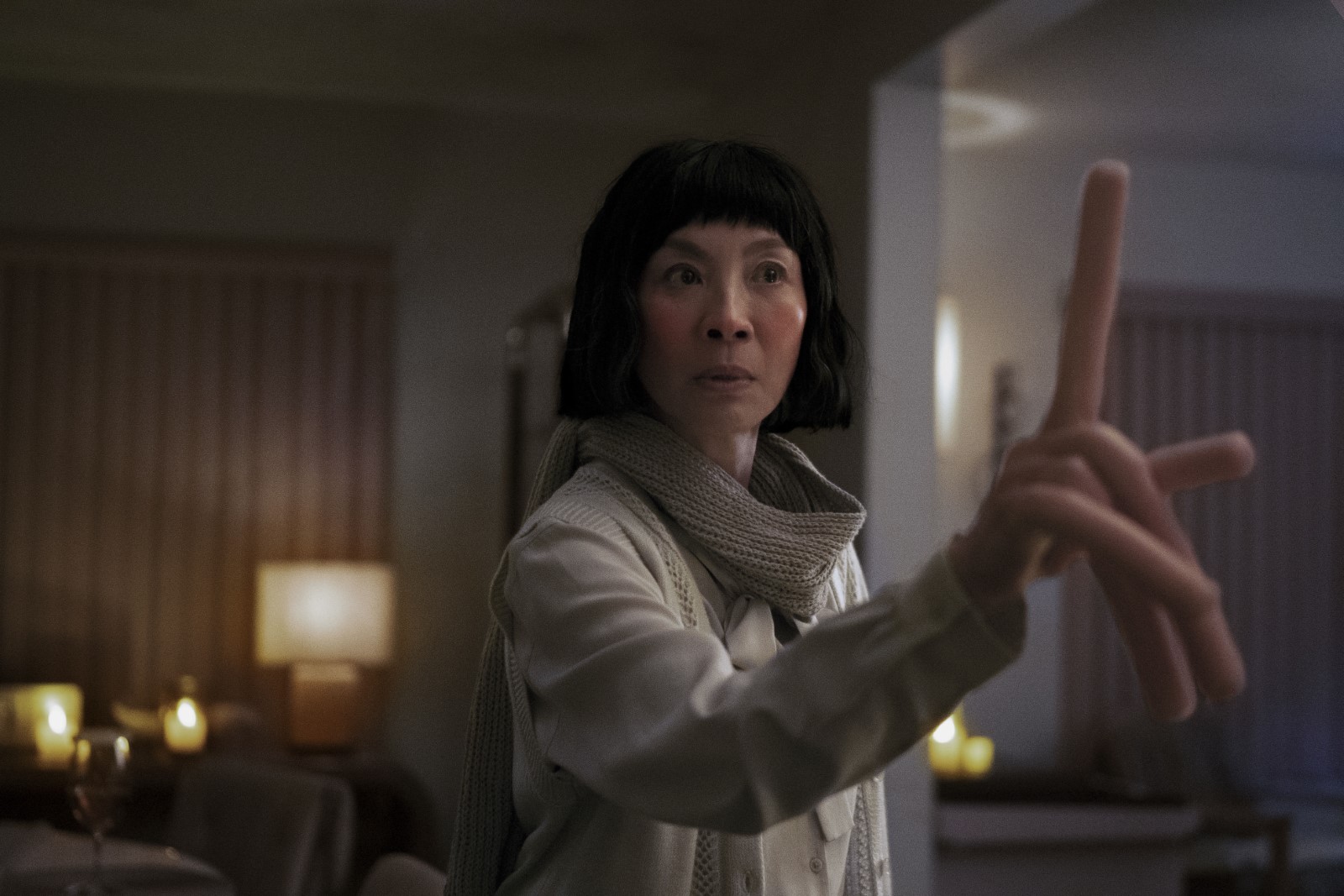
One of the most talked-about movies of the first quarter of 2022 is, without question, Everything Everywhere All at Once. The movie may not have blown up the box office, but after it premiered at the South by Southwest film festival, film enthusiasts all over the world have been salivating about this new movie.
Daniel Kwan and Daniel Scheinert, collectively known as Daniels, directed the latest movie from A24, which is described as “a hilarious and big-hearted sci-fi action-adventure about an exhausted Chinese American woman (Michelle Yeoh) who can’t seem to finish her taxes.” From A24:
“When the film opens, we meet Evelyn Wang (Yeoh) as a harried laundromat owner, living above her business in a cramped apartment and facing a mountain of paperwork amid an audit from the IRS. She is stressed about her aging father (James Hong) coming to stay and struggles to listen to both her grown daughter Joy (Stephanie Hsu) and her tender-hearted husband Waymond (Ke Huy Quan). But while meeting with an IRS agent (Jamie Lee Curtis), a strange occurrence involving her own husband pulls her into a multidimensional adventure that puts the fate of every universe in her hands—and also forces her to confront who she is to herself and her family.”
The Daniels started development on this crazy film back in 2016, after the premiere of their previous effort, Swiss Army Man, another crazy and totally unique film. After they wrote the first draft, they were told by multiple people they were looking at a $100 million budget at least. The visual effects required to pull off the movie were not that different, on paper, than the ones used in high-budget comic-book movies released today. The Wall Street Journal recently reported that A24 spent around $20M on the movie.
This was, in part, due to the fact that there were only five visual effects artists that worked on the movie. Yes, five people that worked on the more than 500 VFX shots the movie has, as visual effects supervisor Zak Stoltz recently told The Wrap. Stoltz worked with the Daniels on a few music videos they did, but for Swiss Army Man, the duo opted for a traditional visual effects house. According to Stoltz, they weren’t really satisfied with that, as they “didn’t like how hands off it was, because they were so used to us all just being in our bedrooms, just hanging out and doing stuff together.” But they changed that for Everything Everywhere:
“On this movie, they came to me and asked if I’d be interested in heading up a small team and basically starting a little ad hoc boutique company for this movie because they wanted to have a lot more interaction with the artists. They wanted to be able to iterate on things and be looser and more creative with things because, you’ve seen the movie it’s insane.
There’s too much going on. And so how do you communicate that to a visual effects company? When we were doing visual effects while they were editing, we were doing a lot of research. We were being like, ‘Oh, try this thing out.’ They’d be like, ‘Hey, we’re looking for something like this. We don’t know…’ And we’d give them something.”
Stoltz then confirmed that everyone involved in the visual effects of the movie is also a director, something that helped the Daniels feel like they were surrounded by family. He also said they worked with no previsualization and no storyboards to create the VFX:
“Every person who did visual effects on this movie is also a director who has done a lot of stuff. And it was just a way for the Daniels to be able to feel like they had friends working on it. People who really cared about the project and they knew that we could just come in and help when they needed help. And they wouldn’t have to worry that they weren’t providing the most detailed previs and stuff like that. Because there was no previs, there were no storyboards.”
The Everything Everywhere team tried to rely on practical effects as much as possible, as Stoltz explained it:
“The great thing about working within the Daniels is that, I share the sensibility that they want to do everything as practically as possible. Because to be completely frank, we all learned how to do visual effects on YouTube, 10 years ago or when we were in college. It was like, well, we wanted to rely on as much practical as we could and just augment it in the way that we are familiar with. And that very textured hands-on feeling DIY effects style. It’s like this weird genre of bad/good where it’s not like the top end ILM stuff because that’s impossible for us to do with five people. But it’s also not like we’ve never done this before. We’ve been doing this for 10 years.
We had very few CG elements and it was only when we needed that, because the bagel was a CG element, but everything else… Because we need to be able to light that from a certain angle. We need to be able to have it rotate in a way that we couldn’t really do with a practical element. We thought about shooting a practical, just like everything bagel, like spray painted black, and that was going to be our thing. But we just ended up realizing that it was very easy to do a CG one.”
Apparently, the Daniels themselves also worked on some VFX shots for the movie:
“That’s the other nice thing. They do their own visual effects a lot of the time. At first the idea was going to be, oh, we’re going to have a small team to handle… I was there to mainly oversee and put together the entire workflow and be like, ‘How do you actually pull this off?’ But they were always planning on jumping in and helping us with visual effects towards the end of the movie, which they did. And it wasn’t as much as we would’ve wanted given how many shots there were, but that was a nice thing. I built out a system that was using a very simple tool that we were all familiar with.”
Everything Everywhere All at Once had 37 days of principal photography, as lead actresses Michelle Yeoh and Jamie Lee Curtis told Collider in a recent interview. The last day of shooting was when the pandemic struck, back in 2020, as Stoltz recalls. At that point, the team had gotten pretty good at working remotely:
“We were just using After Effects and handing projects back and forth. And I created this workflow that would allow us to all have access to everything all the time remotely. Because at first we thought we were just going to all be in the same room. The vision was small team of friends doing visual effects in one room at this post house Parallax where they did the editing with our friend Paul and then they’d be editing in the other room. And then we could just walk back and forth and be like, ‘Hey, what’s going on?’ ‘Oh, you want to see this thing?’ ‘Cool. Let’s talk about this.’ And then the lockdown hit on our last day of shooting and then we’re like, everything’s remote. And so we’re trying to figure out how we maintain this thing remotely.
I ended up creating this workflow that we used something called Brazil Sync, so we could sync all of our hard drives together. It’s kind of a Dropbox alternative, but then we’d pull down shots and treat it like a cloud server that we had. And then we’d have Zooms every morning and talk about shots and share work and just pass projects back and forth. There are some visual effect shots in this movie where I think everyone touched them. It’s like five people had worked on different parts of this one little shot, which isn’t crazy if you think about how a big movie is done, but for us it wasn’t just like, ‘Oh, you do the tracking.’ ‘You do the lighting.’ It’s like, ‘Oh, let’s add our own little stamp to it. Let’s play around.’ And it felt more like this exquisite corpse-style working on a visual effect shot.”
The Everything Everywhere All at Once directors tried for the movie to feel like it could have been made in the 80s, as far as visual effects go:
“One of the things that Daniels said very early on was like, ‘Less Marvel, more Ghostbusters.’ We really tried to adhere to that idea of like, Okay, this let’s treat this like a movie that could have been done in the ‘80s, in terms of a lot of the techniques that we were using. It wasn’t a lot of big flashy 3D stuff. It was a lot of stuff that it was a little more 2D, a little more stylized, but yeah, the bagel stuff was tricky.”
Everything Everywhere All at Once is currently playing in North American theaters — here’s a glowing review from Movie News Net newcomer Tyler Bradshaw — and holding a 97% critic rating on Rotten Tomatoes, as well as a 94% audience approval rating. Some overseas markets will get it over the next few weeks, but international distribution plans are still being worked out in many cases.
Miguel Fernández is a Spanish student that has movies as his second passion in life. His favorite movie of all time is The Lord of the Rings, but he is also a huge Star Wars fan. However, fantasy movies are not his only cup of tea, as authors like Scorsese, Fincher, Kubrick or Hitchcock have been an obsession for him since he started to understand the language of filmmaking. He is that guy who will watch a black and white movie, just because it is in black and white.

